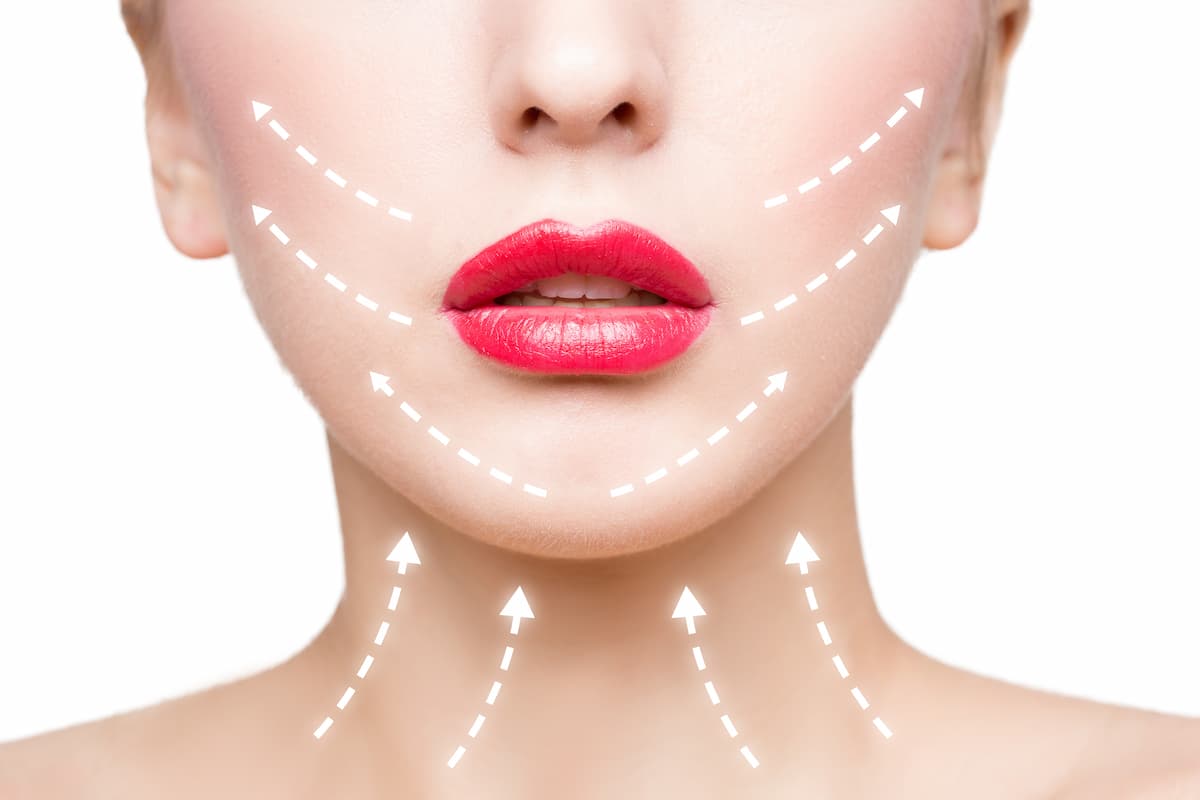Septoplasty – Procedures and Risk

Septoplasty is considered a surgery to straighten the bone and cartilage, dividing the gap among your nostrils (septum). A deviated septum is taken into consideration while the septum is crooked. It could make you trouble consisting of problems in respiratory or can boom the dangers of sinus infection.
This trouble is not an unusual place in many people; however, while the deviation is severe, it could block one facet f the nostril and decrease the airflow, which is why this surgery is necessary.
Septoplasty-Choosing The Right Surgeon
If you enjoy troubles together along with your respiratory, it’s time to go to a general practitioner. Choosing the proper professional and skilled general practitioner will make your surgical treatment leat painful, and you’ll get an adequate session of what to expect.
Before the current process of the system, you may meet together and your general practitioner to speak about the advantages and dangers of the surgical treatment. This assembly typically includes:
• Your scientific history
• A bodily examination
• Photographs
• A dialogue of your expectations
Before your surgical treatment in session and your general practitioner, you ought to prevent taking a few medicines or even stop smoking if you are a smoker.
What Can You Expect?
The system straightens the nasal septum by trimming, repositioning, and changing bone or cartilage. The general practitioner works via incisions.
Crooked nasal bones and septum, which are driven off to at least one facet, may also require cuts within the nostril’s bones and repositioning. During the system, the nasal septum ought to be repositioned withinside the center of your nostril. This may be completed by slicing and eliminating elements of your nasal septum earlier than reinserting them within the proper position.
Risks
Possible dangers unique to septoplasty include:
• Nasal obstruction after the system
• Bleeding is excessive
• Changing the form of your nostril
• A hollow withinside the septum
• Decreased or loss withinside the experience of smell
• Clotted blood that needs to be tired withinside the nasal septum
• Temporary numbness withinside the higher gum, teeth, or nostril
If any of those appears, you could want a further surgical treatment or if the result does now no longer suit your expectations.
Septoplasty – system
Septoplasty may be carried out with both nearby or widespread anesthesia. It relies upon the complexity of the surgical treatment carried out.
During the surgical treatment, the incision is closed with an absorbable suture. After the surgical treatment, you may be capable of move domestic on an equal day.
You should strictly comply with the healing plan your general practitioner will make to get excellent results.



